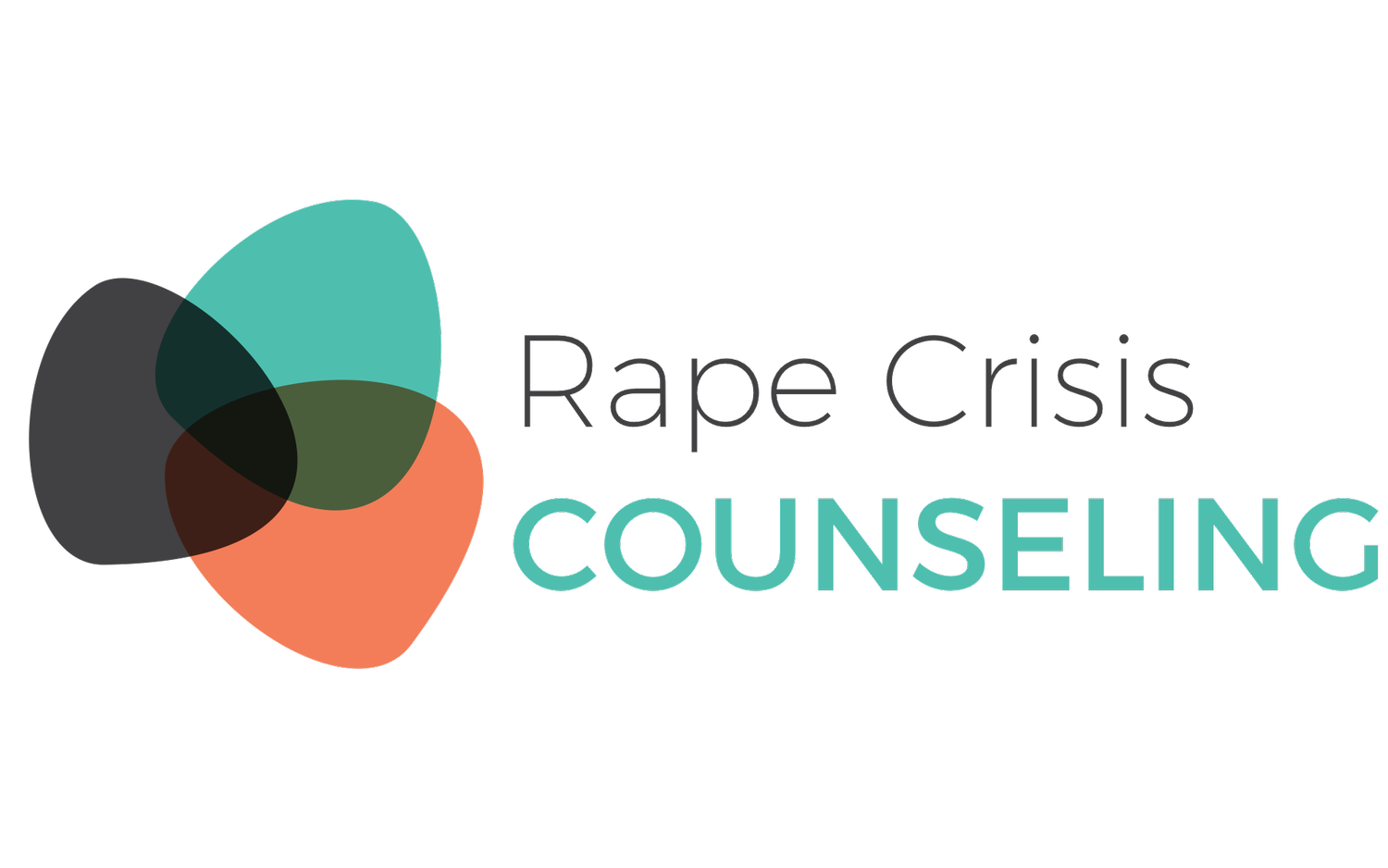2.2.1. Active Listening: Part 1
Advocates must have excellent listening skills, as listening is far more effective than talking for building trust and finding out what the survivor needs.
For an advocate, the skill of active listening is essential if you are to successfully connect with and support the survivor.
We often think of listening as passive, but when we listen, we construct meaning from both verbal and nonverbal messages.
Active listening requires that you fully concentrate, understand, respond and remember what the survivor is saying.
You must also communicate to the survivor that you are listening so that they feel heard. Providing appropriate feedback can help the survivor to feel more at ease communicating with you.
Please keep in mind that active listening is done differently across different cultures, so suggestions may not be appropriate for your context. You can provide feedback verbally and non-verbally in the following ways:
Nod your head: When the survivor is speaking, this can be a powerful way to affirm that they are being listened to and understood.
Be aware of your posture: An active listener conveys that they are listening through their body language and usually tends to lean slightly forward or to the side when sitting. Active listeners tend to have their head at a slight angle or rest their head on one hand.
Pay attention with your body language: Do your best not to fidget, play with your hair or fingernails, look at your watch or a clock or do any other action that could be interpreted by the survivor as inattentive. It helps to create self-awareness about what you do when you are distracted. Learn to control these nonverbal cues to increase your focus, attention and ability to be present.
Verbal active listening: You could say, ‘Mmm hmm’ at certain points when the survivor is speaking to show that you are listening and to encourage them to continue. However, gauge the reaction of the survivor to this technique, as it can feel like interrupting if overused or used in the wrong context.
Remember the details: You will get distracted, especially by things happening in the health center environment, but it’s essential that you do your best to remember important details that the survivor shares. This will build trust and show the survivor that you are listening.
Use eye contact sparingly: While it can be encouraging for the listener to look at the speaker, it can also be intimidating, so use this technique carefully. Use your own best judgement to determine how much eye contact is appropriate for the situation and when it’s appropriate. When you do use eye contact, combine it with other nonverbal techniques to encourage the survivor to speak.
Active listening also involves patience during natural pauses and periods of silence. You may be tempted to jump in with questions or comments when these occur, but do not. Instead, give the survivor the time and space they need to explore their thoughts and feelings.
Before you decide to speak, think of the acronym WAIT: Why Am I Talking?
Most of the time you should be listening.
In general, it’s best not to repeat back or paraphrase the survivor’s words. Although some words of encouragement may be beneficial, paraphrasing tends to take the focus away from what the survivor is saying, as they may be tempted to correct or further clarify their message for you.
Adjust your active listening by paying close attention to the survivor’s verbal and nonverbal cues to see if you need to decrease or increase your level of feedback.
